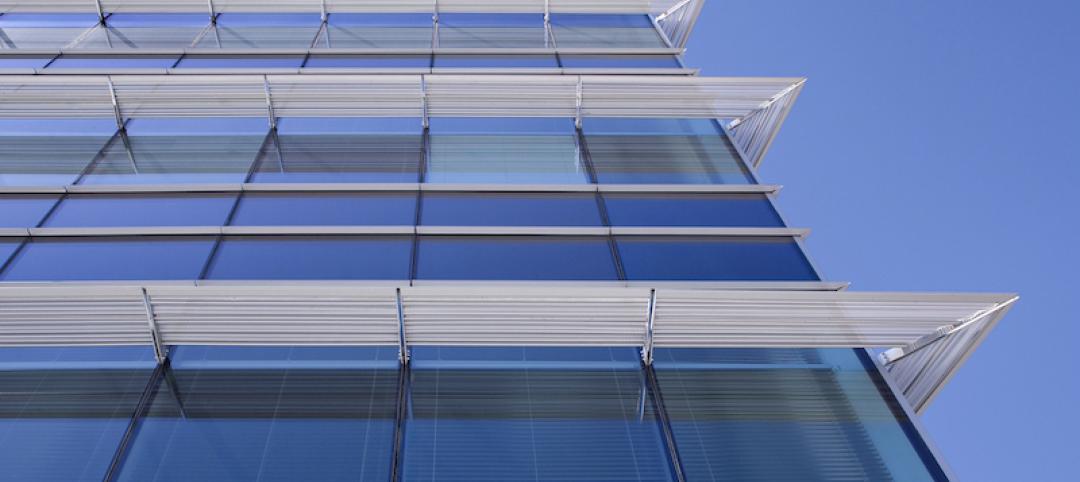Passive House Institute in Germany has established new categories for building certification that take into account a building’s primary energy system.
The established standard will be called Passive House Classic. The new categories are Passive House Plus and Passive House Premium.
With the introduction of the new categories, the overall demand for renewable primary energy will be used instead of the primary energy demand, which was previously used. The exact certification criteria and calculation details according to the renewable primary energy (PER) system are available on the online resource Passipedia.
The new evaluation procedure considers the building in an environment where only renewable energy is used. Sun and wind provide the primary electricity. Some of this electricity can be used directly; however, storage capacities are necessary for transferring surplus energy to time periods with lower energy gains.
Related Stories
Energy | Sep 13, 2016
Oberlin College to hold conference on post-fossil fuel economy
The gathering will address climate change and new sources of energy.
BIM and Information Technology | Sep 7, 2016
Energy Star Portfolio Manager tool updated to factor in waste management
The costs and benefits of managing 29 types of waste are now included.
Sustainability | Aug 30, 2016
New federal project plans must include climate impacts
Agencies must quantify the specific impacts when possible.
Sponsored | Coatings | Aug 29, 2016
Making a greener future with biorenewable coatings
Biorenewable and recycled materials help eliminate waste and reduce the use of virgin materials
Green | Aug 29, 2016
Vancouver, B.C., to require zero emissions on new buildings by 2030
No net GHG emissions will be allowed.
Great Solutions | Aug 23, 2016
Visual energy model database demystifies net-zero design
Diamond Schmitt Architects’ ecoMetrics tool allows its designers to quickly analyze solutions based on models from 44 LEED-certified projects.
Energy Efficiency | Aug 17, 2016
Investor Confidence Project aimed at raising trustworthiness on energy efficiency projects
The new initiative screens projects to see if they are investor-ready.
| Aug 3, 2016
GREEN BUILDING GIANTS: Sustainability leaders turn to wellness and technology to get an edge
AEC leaders in green building are stepping up to a higher level of innovation and to be a green leader today, you have to dig deeper into data.
| Aug 3, 2016
Top 60 Green Building Engineering Firms
Jacobs, AECOM, and Arup top Building Design+Construction’s annual ranking of the nation’s largest green building sector engineering and E/A firms, as reported in the 2016 Giants 300 Report.
| Aug 3, 2016
Top 90 Green Building Construction Firms
Turner Construction Co., Clark Group, and Hensel Phelps top Building Design+Construction’s annual ranking of the nation’s largest green building sector construction and construction management firms, as reported in the 2016 Giants 300 Report.















